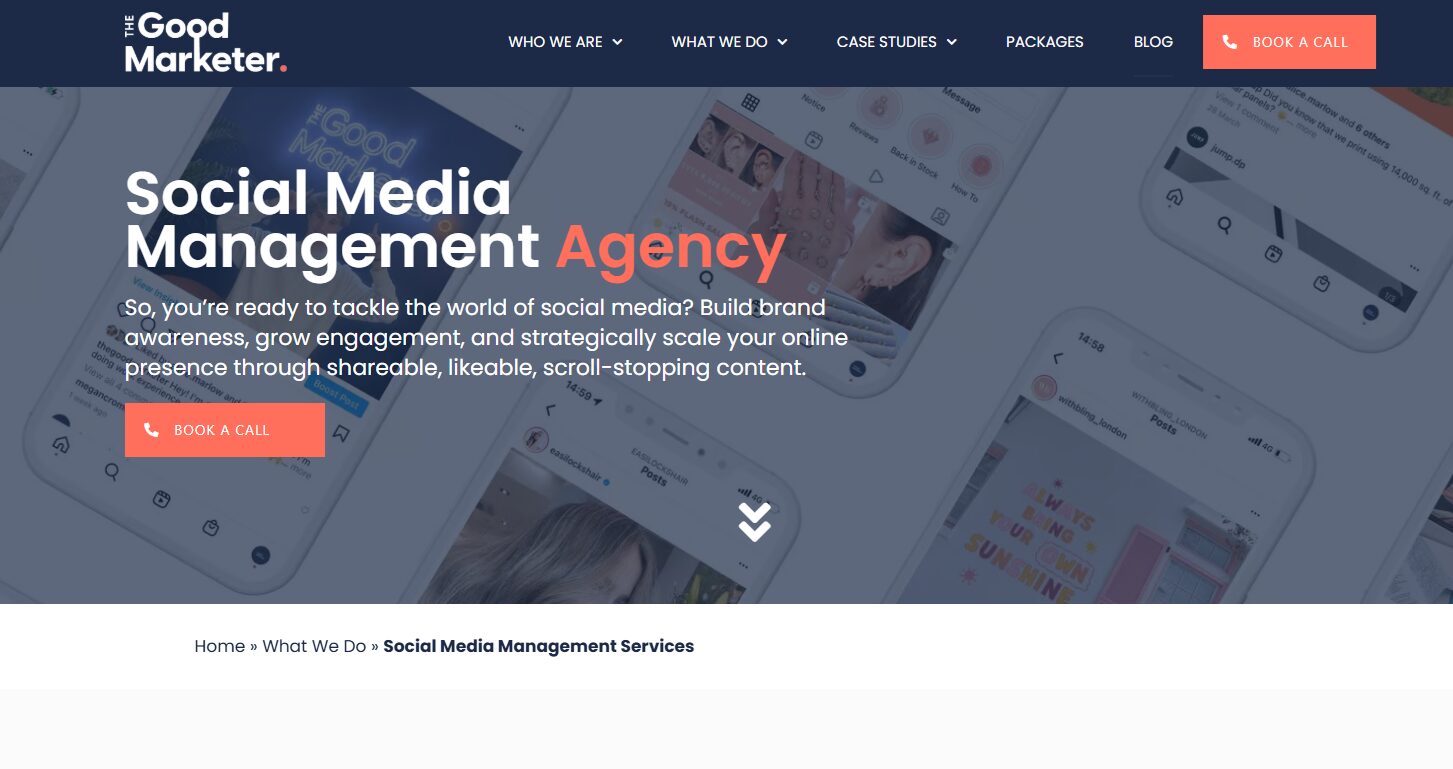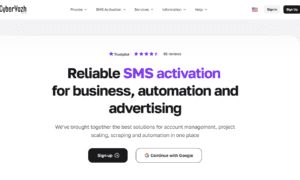You’ve heard of User Experience, but are not sure what it means? Well, UX is the process of designing digital products, such as websites, apps, and platforms—anything really—with the user’s needs, behaviours, and emotions in mind.
And even though we use the word ‘design’, it goes far beyond aesthetics. In fact, it’s less about that and more about making every inch of interaction smooth, efficient and enjoyable for every user that lands on your site.
The digital world is a place where users form opinions in seconds. First impressions are everything out there. Do you have a clunky layout, slow load time and confusing navigation? Yeah, that won’t do. It’ll drive users away before they even engage with your content.
We’ve created this guide together with experts from a web development London agency to help you understand what’s hidden behind UX and why it is so important for your business.
So, What’s UX All About?
Notice that we’re talking about UX here, not UI (User Interface). It’s easy to confuse them, and they do sound inconveniently familiar, but the two serve different purposes. UI focuses more on the look and feel of the buttons, typography, and visuals. UX, on the other hand, is all about functionality and flow.
UI asks: Is it pretty?
UX asks: Is this easy to use? Does it make sense to the user?
At its core, UX is built on several key pillars:
- Usability: Can the user accomplish their goal easily?
- Accessibility: Can all users, including those with disabilities, access and interact with the website?
- Information Architecture: Is content structured in such a way that it’s easy to find and navigate?
- Interaction Design: How do users engage with elements on the page?
It becomes quite clear from the questions that UX design is, in fact, driven by empathy. It aims to understand users, their needs, frustrations, and behaviours and fix the website experience for them.
The Psychology Behind the Click
One thing that you need to understand (and stop deluding yourself about) is that users don’t read websites. They scan. Decisions are made in milliseconds based on visual cues, layout clarity and perceived trustworthiness. That’s it. And before you get discouraged, worry not. That’s where intuitive UX steps in.
Navigation has to be effortless. If a user can’t find what they’re looking for quickly, they’re out the door. When things on your website feel simple to process, user engagement increases, and frustration is reduced.
Sometimes, all it takes is some small touches like hover effects, loading animations, and confirmation messages. They can play a huge role in guiding users and reassuring them as well. It may seem like a subtle cue for feedback, but it builds confidence and creates momentum that makes your visitor stay.
UX Design & Conversion Rates
Now you’re starting to see that UX is not just ‘nice to have’ but has a direct impact on your bottom line. When you design a smooth experience for your users, you reduce bounce rates, increase time on site, and guide them towards your conversion goals.
On the contrary, poor UX (broken links, confusing layouts, overly complex forms, etc.) will frustrate your visitors and lead to drop-offs. Yikes!
To ensure success, treat UX as a performance tool and don’t be afraid to rely on A/B testing and user feedback to refine your website design. When you take the time to test variations and track user behaviour, you can make data-informed improvements that drive measurable results.
Mobile UX: The Non-Negotiable
You have to face it. Most of your web traffic, regardless of what kind of business you are in, is now accounted for by mobile devices. Therefore, your mobile UX is an absolutely essential, not optional, part of your web design.
Yet, many websites fall short, even after optimising their business for mobile. Why so? Well, there are some common mobile UX pitfalls you should be wary of:
- Small tap targets that frustrate users.
- Slow load times due to unoptimised images.
- Clunky menus or forms that are hard to use on touchscreens.
Some mobile best practices you’d also be smart to introduce to your website strategy are responsive layouts, fast-loading pages, accessible fonts, and user-friendly gestures.
UX is Accessibility
If you want good UX, accessibility is not a bonus. It should be a must. When you introduce inclusive design, you allow everyone, regardless of their abilities and disabilities, to interact with your website. Mind you, ignoring accessibility is considered poor practice and may lead to legal consequences under the Equality Act 2010.
To design with accessibility in mind means to include:
- Clear, readable typography
- Sufficient colour contrast
- Keyboard navigability
- Descriptive alt text for images
- Screen reader compatibility
In the end, providing a great user experience to your visitors should include everyone who wants to visit your website. So, simply make it accessible for everyone.
The Cost of Ignoring UX
If, after all, you choose to see UX as an unnecessary factor for your website, know that this may come with a price. A confusing interface can drive away potential customers in seconds, increase bounce and drop-off rates, and undermine your whole brand reputation.
Not to mention how poor UX will result in more customer support requests and expensive design reworks down the line.
So, while you can, we strongly advise you to prioritise and invest in UX as soon as possible. It will be to your strategic advantage.
They Click, You Win. If Your UX Delivers.
UX is about making things run smoothly for real people who visit your website. Shape their experience with an intuitive interface that guides them from the moment they land on your site to the second they click away.
It is already a very competitive digital landscape; don’t make your competitors’ game easier by overlooking UX.
Now’s your time. Run audits, gather real user feedback, test frequently and, above all, design with empathy. UX will make the difference.

































